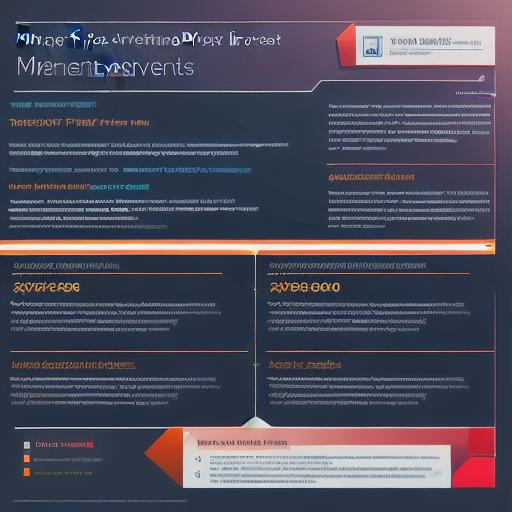As the virtual world gains momentum with the rise of metaverses like Decentraland, The Sandbox, and Microsoft’s Mineshaft, the question of how much it costs to create a metaverse has become increasingly popular. In this comprehensive guide, we’ll explore the various components that contribute to the creation of a metaverse, delve into real-life examples, and provide insights into the potential cost implications.
-
Land Acquisition and Development
The foundation of any metaverse is its virtual terrain, which is often sold as non-fungible tokens (NFTs). The cost of acquiring land in popular metaverses can vary significantly depending on location. For instance, parcels of land in Decentraland’s Fashion District have fetched prices ranging from a few hundred to tens of thousands of dollars.
-
Infrastructure and Technology
Building a fully-functional metaverse requires robust infrastructure and advanced technology. This includes graphics rendering engines, virtual physics engines, real-time communication systems, and blockchain networks for secure transactions. The costs associated with these components can be substantial. For instance, Unity’s high-end 3D development platform, popularly used to create immersive metaverse experiences, starts at around $150 per month.

-
Content Creation
Creating engaging and interactive content is essential for attracting and retaining users in a metaverse. This could range from developing unique 3D models and animations to creating captivating narrative storylines and user experiences. The costs of hiring skilled artists, graphic designers, programmers, and writers can add up quickly. -
Marketing and Community Building
To generate buzz around a new metaverse project, substantial marketing efforts are required. This could involve social media advertising, influencer partnerships, sponsorship deals, and other promotional strategies. Additionally, community building through active moderation and engagement is crucial for maintaining a thriving user base. -
Ongoing Costs and Maintenance
Once a metaverse is up and running, there are ongoing costs to consider, such as server maintenance, content updates, security patches, and user support. These costs can be substantial and vary depending on the size and complexity of the metaverse.
So, what’s the bottom line?
While it’s difficult to provide an exact figure for the cost of creating a metaverse given the vast array of variables at play, one thing is certain: it requires a significant investment in terms of resources, time, and financial capital. The rewards, however, can be substantial, as we’ve seen with successful projects like Decentraland and The Sandbox, which have garnered millions of dollars in investments and boast thriving user communities.
In conclusion, creating a metaverse is no small feat and comes with its unique set of challenges and costs. From land acquisition to technology infrastructure, content creation, marketing efforts, and ongoing maintenance, the costs can add up quickly. Yet, as we’ve seen from real-life examples, the potential rewards can be substantial, making it an exciting and worthwhile endeavor for those willing to take the plunge.
